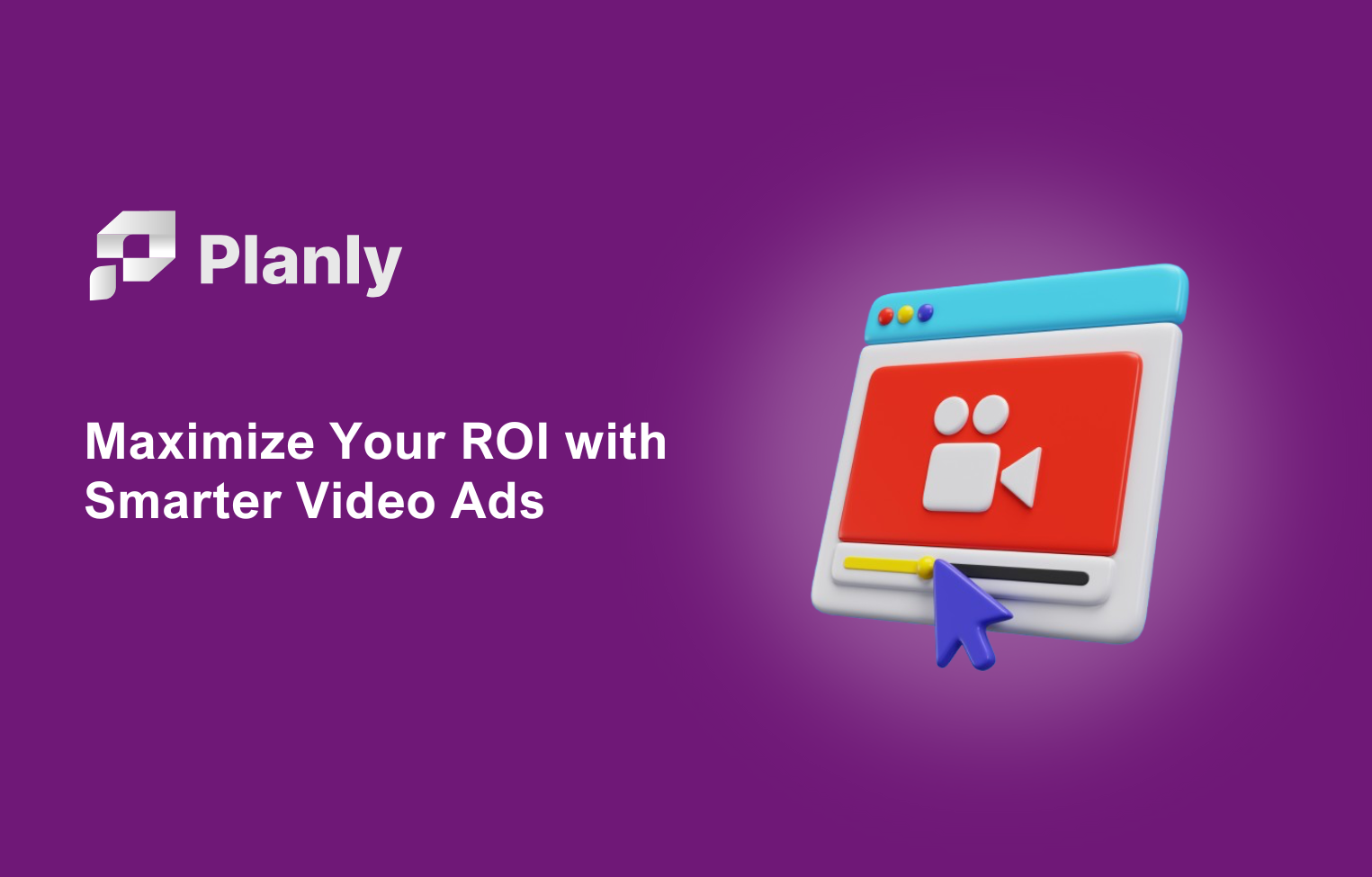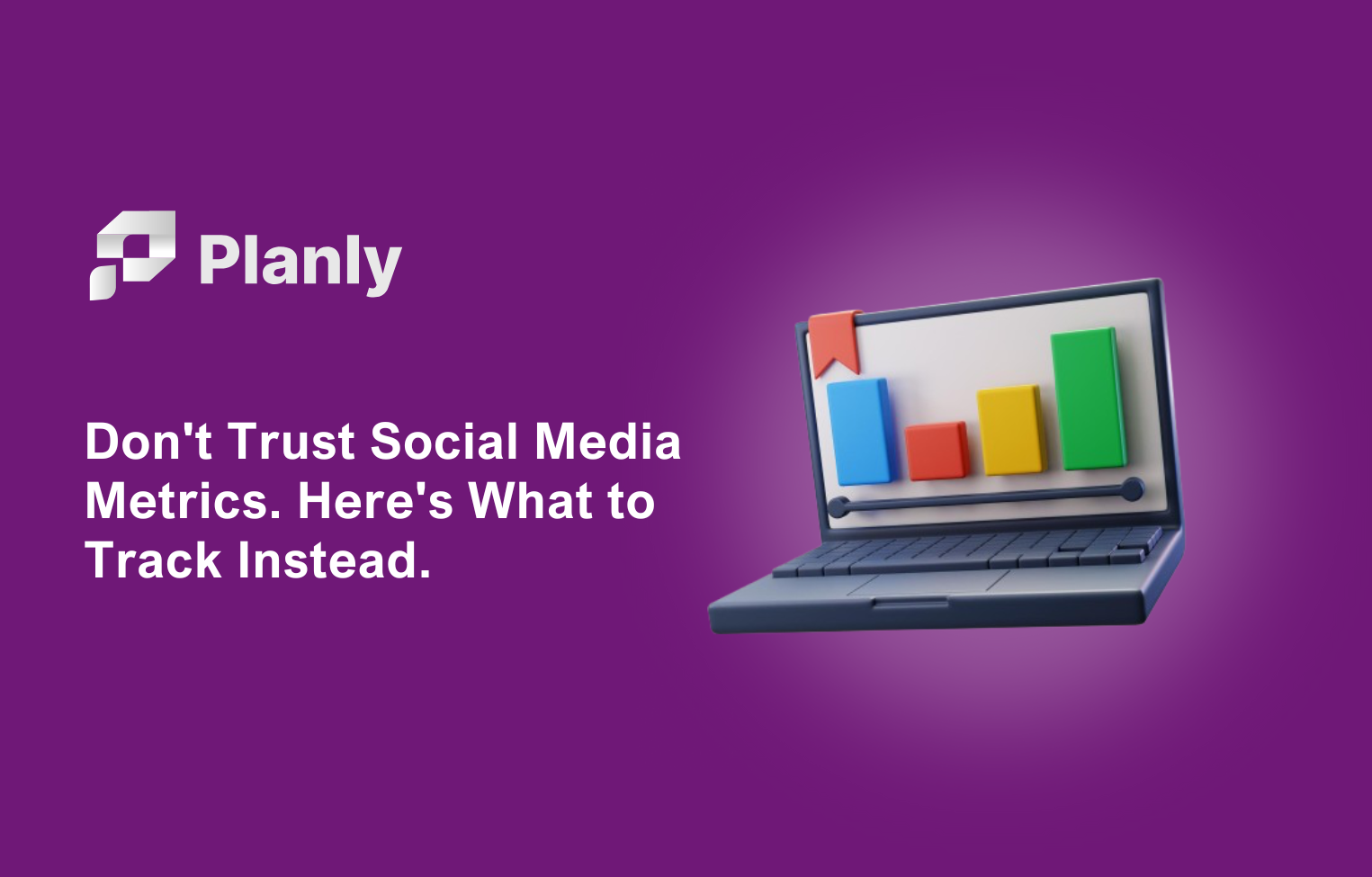Marketing channels play a pivotal role in effective business growth and brand visibility. A comprehensive understanding of diverse marketing channels allows businesses to optimize their strategies and reach their target audience efficiently. In this article, we will delve into the various marketing channels available today and explore how businesses can leverage them to achieve remarkable success.
Understanding Marketing Channels for Business Growth
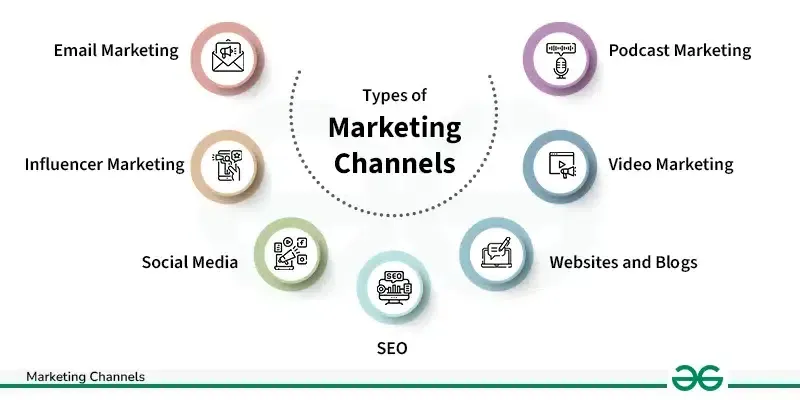
A. Defining Marketing Channels
Marketing channels refer to the means through which companies connect with their consumers, disseminate information, and promote their products or services. These channels can be both online and offline, offering businesses a vast array of options to choose from.
B. Importance of Marketing Channels
When businesses have a deep awareness of marketing channels, they can strategically select and integrate the most effective ones into their marketing mix. By doing so, they can effectively engage with potential customers, build brand awareness, generate leads, and drive valuable conversions.
Exploring the Different Types of Marketing Channels
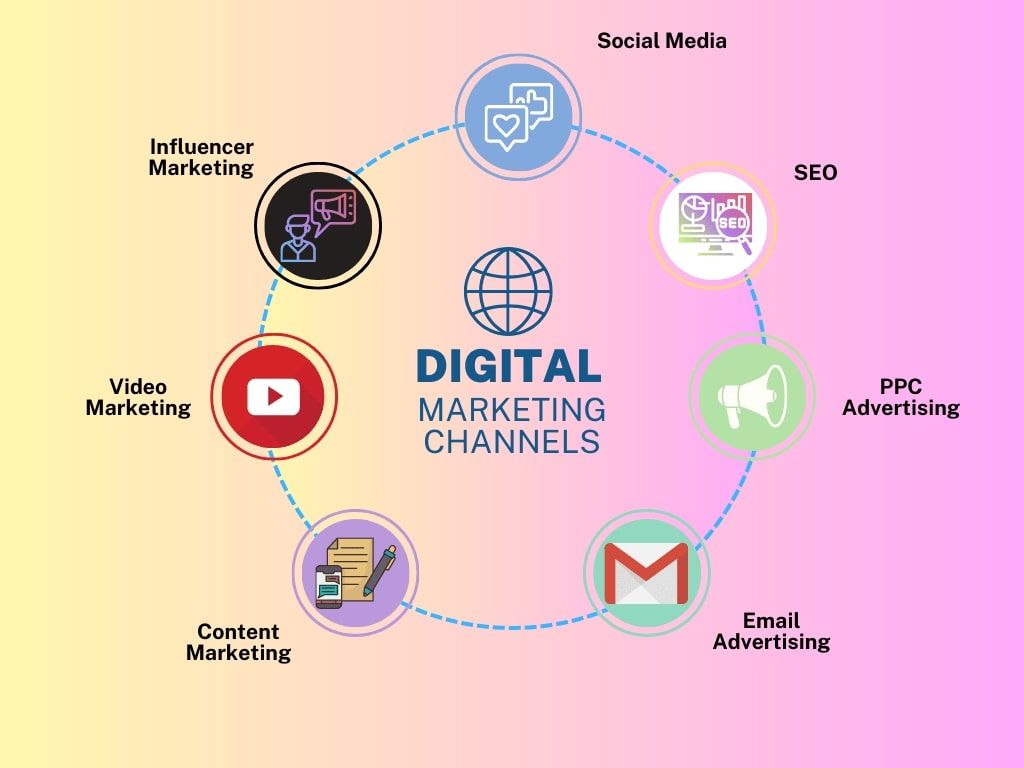
A. Organic Marketing Channels
- Search Engine Optimization (SEO) Enhancing a website's visibility on search engines through targeted keywords, relevant content, and optimized meta tags is essential for businesses aiming to maximize organic traffic and improve search engine rankings.
- Content Marketing By creating high-quality and informative content such as blog posts, infographics, and videos, businesses can establish their expertise and engage with users, thereby enhancing their brand's visibility and credibility.
- Social Media Marketing Leveraging social media platforms to share content, engage with users, and build a community is an effective way to amplify brand awareness, drive traffic, and generate leads.
Paid Marketing Channels
- Pay-Per-Click (PPC) Advertising PPC advertising enables businesses to bid on keywords and display ads in search engine results, driving targeted traffic to their website. This channel offers precise targeting capabilities and measurable results.
- Display Advertising Display ads, such as banner ads and pop-ups, can be strategically placed on relevant websites to promote products or services to a specific target audience, maximizing the chances of conversion.
- Influencer Marketing Teaming up with influential personalities on social media platforms to endorse products or services can significantly expand a brand's reach and credibility, leading to increased brand awareness and customer trust.
Offline Marketing Channels
- Television Advertising While digital marketing may dominate the landscape, television advertising still holds its ground as a powerful tool to reach a massive audience, particularly for businesses focused on local markets or specific demographics.
- Print Advertising Newspapers, magazines, and direct mail are effective offline marketing channels, enabling businesses to target a specific audience and provide tangible and informative content to potential customers.
- Outdoor Advertising Billboards, posters, and signage in high-traffic locations can effectively capture the attention of passersby, boosting brand visibility and recall. Digital signage solutions offer dynamic and interactive options for modern advertising.
Key Considerations
When Choosing Marketing Channels
A. Audience Analysis
Understanding the target audience, their preferences, and consumption habits is crucial for selecting the right marketing channels. Conducting thorough market research helps identify the platforms and mediums that will best resonate with the target audience.
B. Cost-Effectiveness
While some marketing channels may yield quick results, they may also come with a hefty price tag. It is essential for businesses to evaluate the cost-effectiveness of each channel and ensure that the potential return on investment justifies the expenditure.
C. Integration and Consistency
While experimenting with various marketing channels, businesses should ensure a consistent brand image and messaging across all platforms. This allows for a seamless customer experience and a unified brand identity.
Measuring Marketing Channel Effectiveness
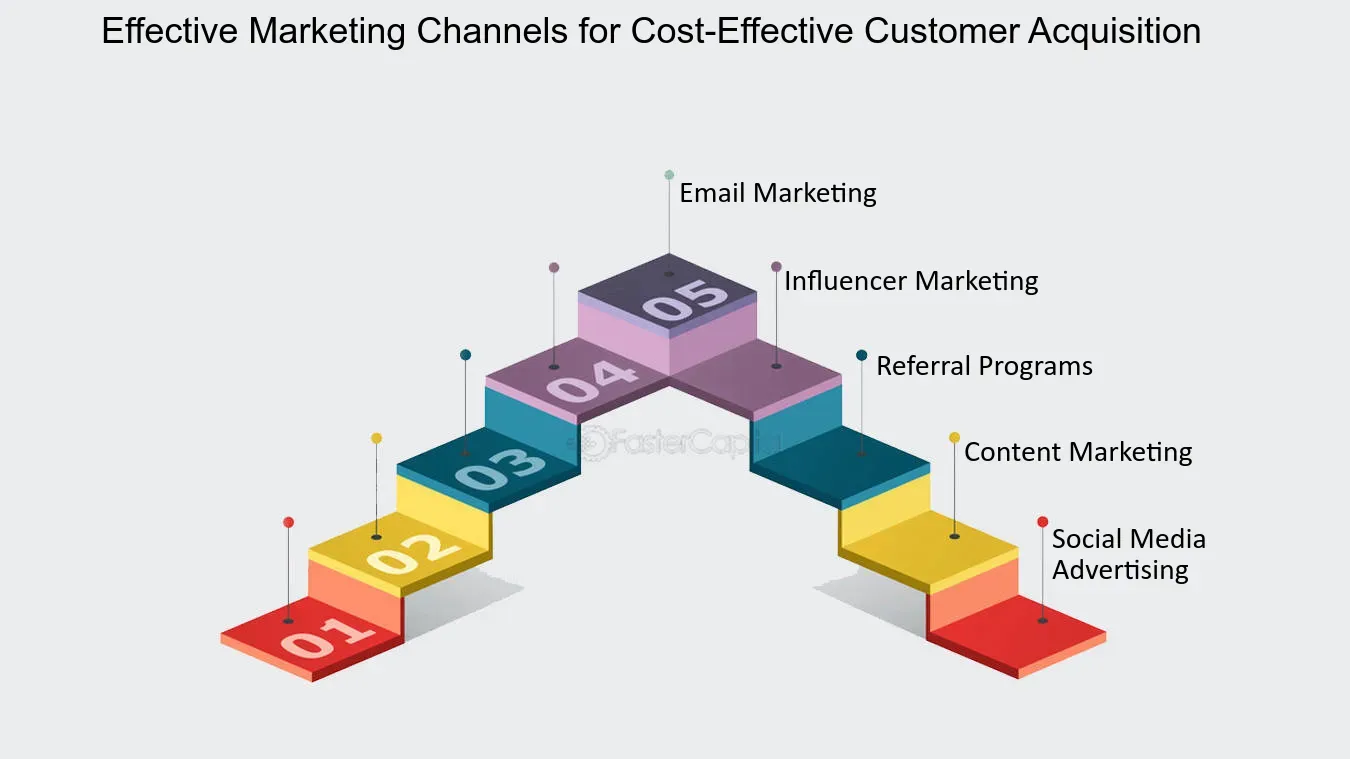
A. Analytics and Tracking
Implementing robust analytics tools allows businesses to measure the success of their marketing channels. By tracking key metrics such as traffic, engagement, and conversions, businesses can identify which channels have the highest ROI and optimize their marketing strategies accordingly.
B. A/B Testing Conducting
A/B tests enables businesses to compare the performance of different marketing channels and strategies. Testing variables such as ad copy, headlines, and visuals can provide valuable insights into which channels are most effective in capturing the target audience's attention and driving valuable actions.
Conclusion
Mastering the art of channel selection is crucial for businesses to thrive in the competitive world of marketing.A Twitter content scheduler helps you manage your messages across different marketing channels, making sure your tweets support and amplify your overall business strategy. By exploring and effectively utilizing a range of marketing channels, businesses can maximize their brand visibility, engage with their audience, and drive significant business growth. Remember, finding the right channel mix is an ongoing process that requires continuous monitoring, analysis, and adaptation to stay ahead of the curve.








